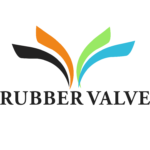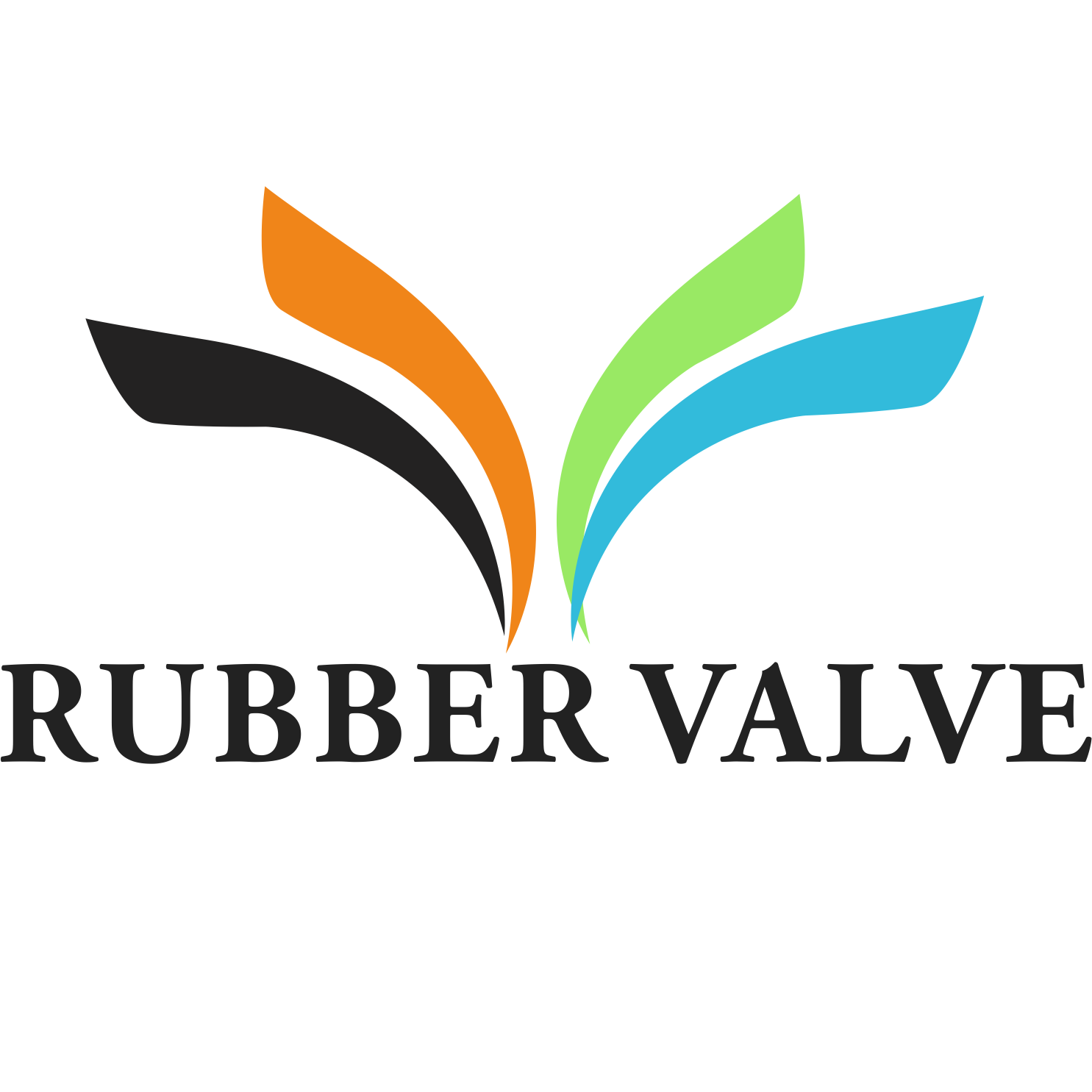Injection molding: thermoplastic injection molding. This method is to melt the plastic material and then inject it into the membrane cavity. Once the molten plastic enters the mold, it is cooled to form a certain shape according to the mold cavity sample. The resulting shape is often the final product, and no other processing is required before installation or use as the final product. Many details, such as protrusions, ribs and threads, can be molded in one step of injection molding. The injection molding machine has two basic components: the injection device and the clamping device for melting and feeding the plastic into the mold. The functions of the mold mixing device are as follows: 1 Make the mold close under the injection pressure; 2. take the product out of the injection device to melt the plastic before it is injected into the mold, and then control the pressure and speed to inject the melt into the mold. At present, there are two designs of injection devices: screw type pre plasticizer or two-stage device, and reciprocating screw. The screw type pre plasticizer uses the pre plasticizing screw (the first stage) to inject the molten plastic into the injection rod (the second stage). The advantages of screw pre plasticizer are constant melt mass, high pressure and speed, and precise injection volume control (using mechanical thrust devices at both ends of the piston stroke). These advantages are required for transparent, thin-walled products and high production rates.
Blow molding: also known as hollow blow molding, a rapidly developing plastic processing method. The tubular plastic parison obtained by extrusion or injection molding of thermoplastic resin is placed in the split mold while it is hot (or heated to the softening state). After the mold is closed, compressed air is immediately introduced into the parison to make the plastic parison blow up and cling to the inner wall of the mold. After cooling and demoulding, various hollow products are obtained. The manufacturing process of blown film is very similar to that of hollow products in principle, but it does not use molds. From the perspective of plastic processing technology classification, the molding process of blown film is usually included in extrusion. Blow molding process was used to produce low density polyethylene vials during World War II. In the late 1950s, with the birth of high-density polyethylene and the development of blow molding machine, blow molding technology was widely used. The volume of hollow containers can reach thousands of liters, and some production has been controlled by computers. The plastics suitable for blow molding include polyethylene, polyvinyl chloride, polypropylene, polyester, etc. the obtained hollow containers are widely used as industrial packaging containers. According to the parison making method, blow molding can be divided into extrusion blow molding and injection blow molding. The newly developed ones include multi- blow molding and stretch blow molding.

